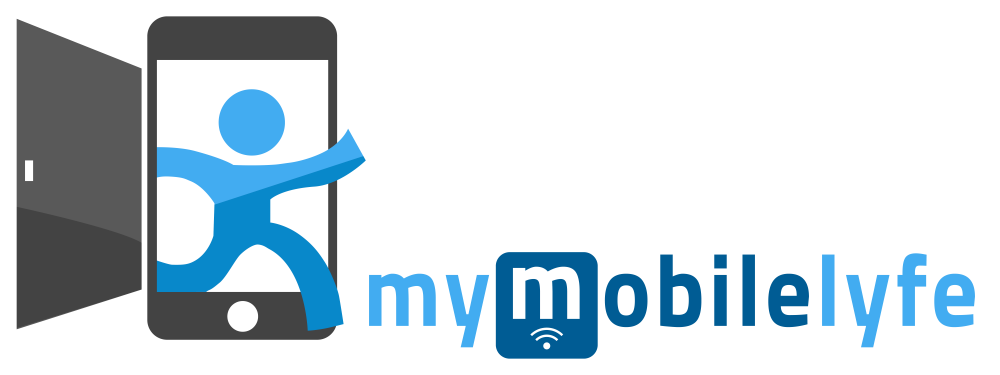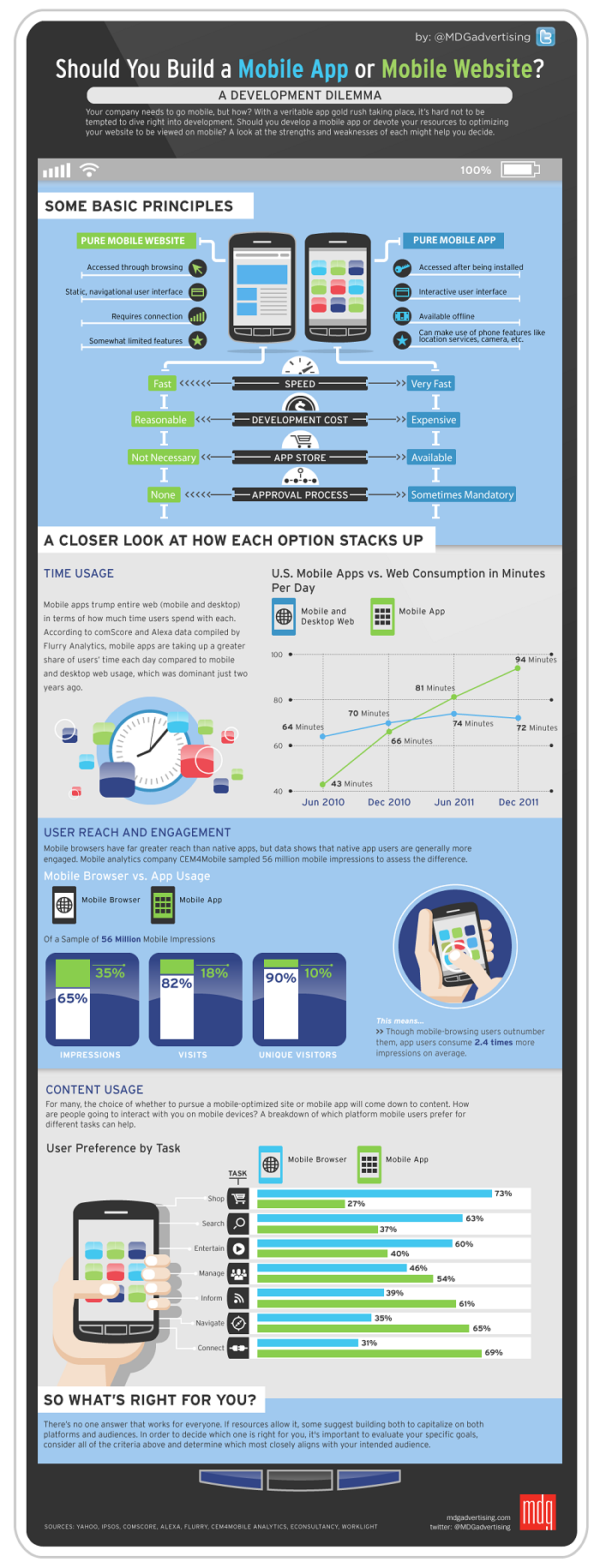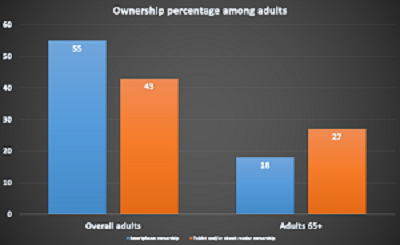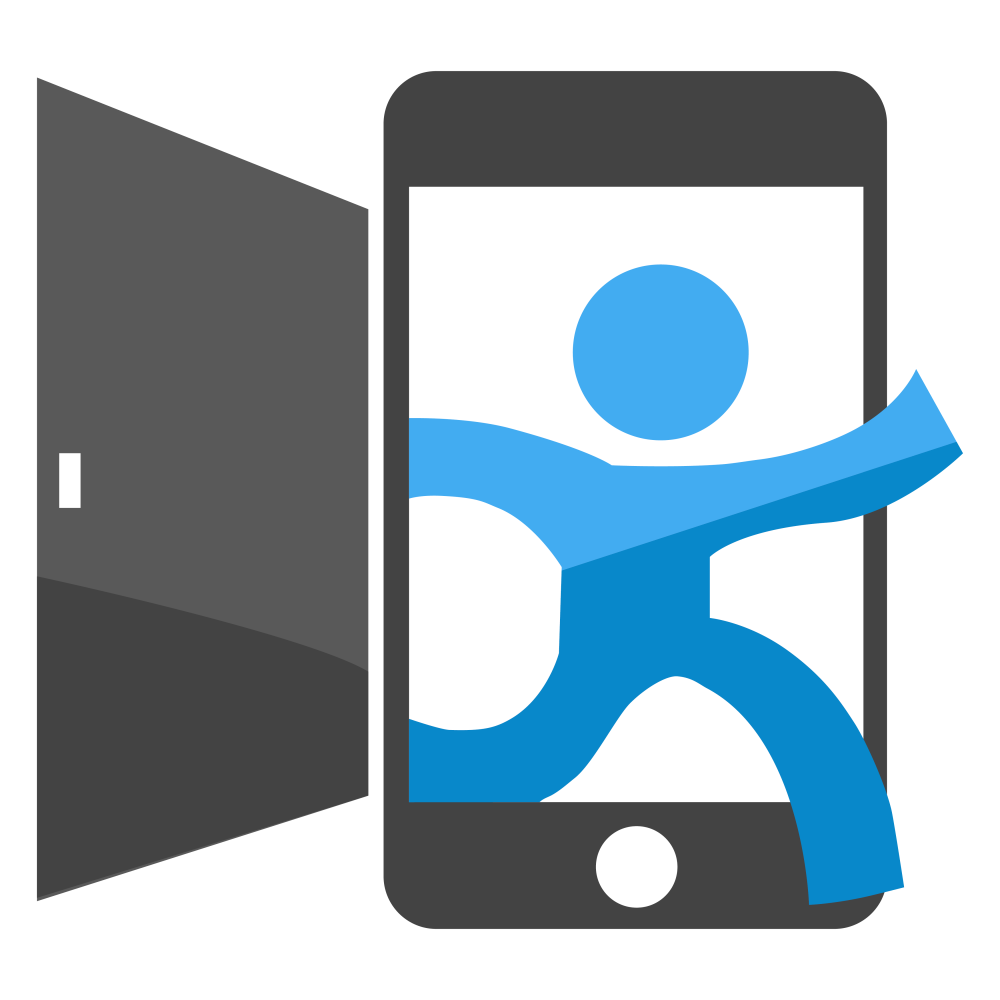Video content for a camera that’s favored by the extreme activity set tops YouTube’s Brand Channel Leaderboard.
YouTube launched, with little fanfare, a list of the top 10 highest performing, most engaging and shareable brand channels. It looked at which brands have the most watch time, repeat viewership, likes and shares, and other factors to determine which have the most active fan bases.
This from Google:
“As brands continue to blur the line between advertiser and creator, we want to recognize those brands that regularly publish content—paid or otherwise—to build an engaged fan base.”
GoPro is the No. 1 brand channel for March. Customers to its official site can narrow their search for merchandise like cameras, software, mounts and accessories based on activities like skydiving, rock climbing or wakeboarding. There’s even a bundle of products for those in the military.
Six Pack Shortcuts, No. 2 on the leaderboard, offers extreme exercise advice on how to get a ripped body and six pack abs. Interestingly, YouTube at one time suspended the account of the channel’s owner, fitness specialist Mike Chang, and blocked all the content. Google now says Six Pack Shortcuts creates content “based on who is responding to its videos to drive continued engagement.”
And the one you’ve probably not familiar with, unless you’re one of its fans? Rainbow Loom, known for its colorful rubber band bracelets.
Its introductory video has been viewed 1.6 million times, and Google says the channel has built a passionate fan base through its instructional videos and user-generated content.
The others that made the list:
- Sony Playstation
- Warner Bros. Pictures
- League of Legends
- Sony Pictures
- Call of Duty
- Nintendo
- Game maker Ubisoft












Recent Comments